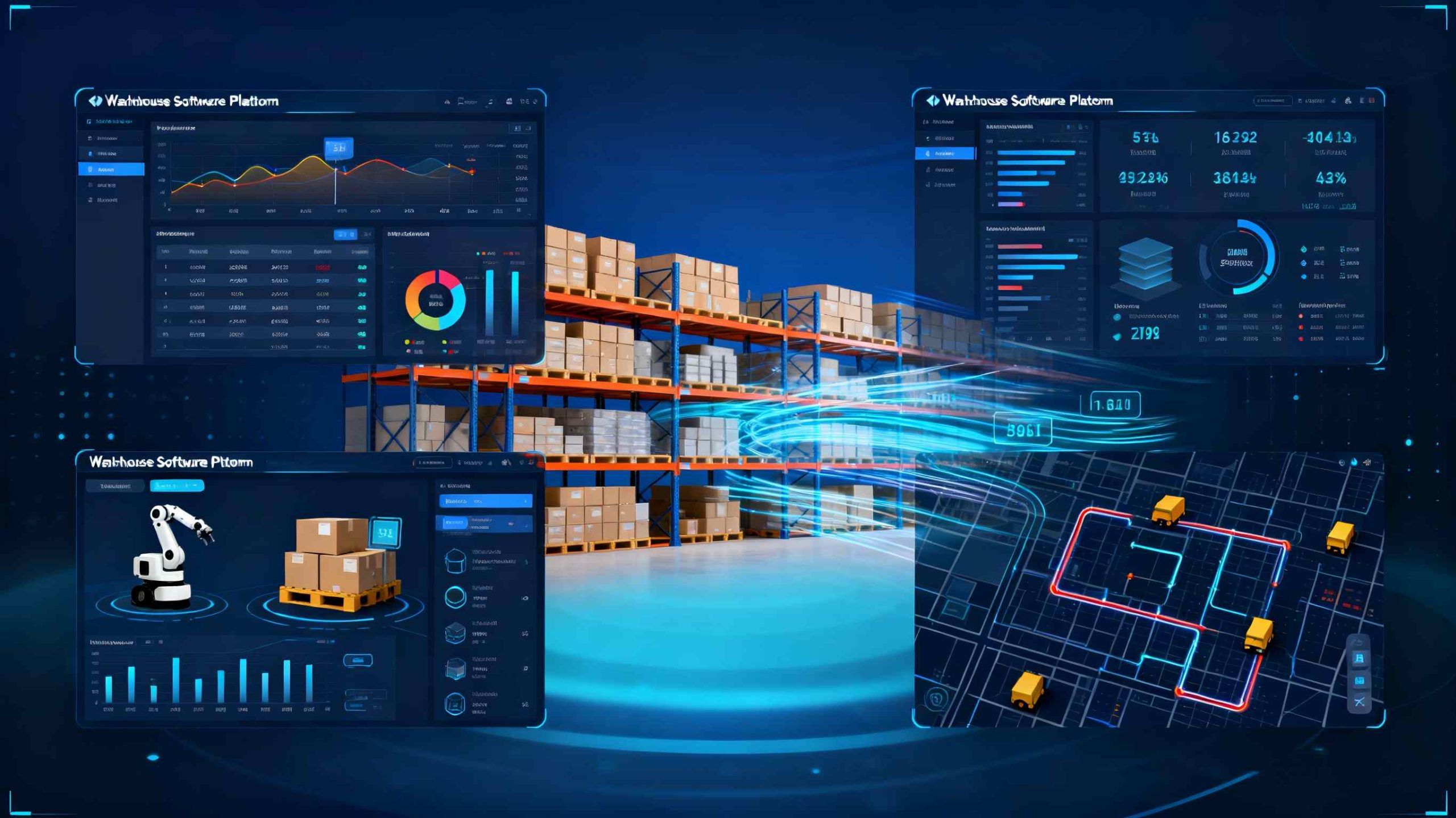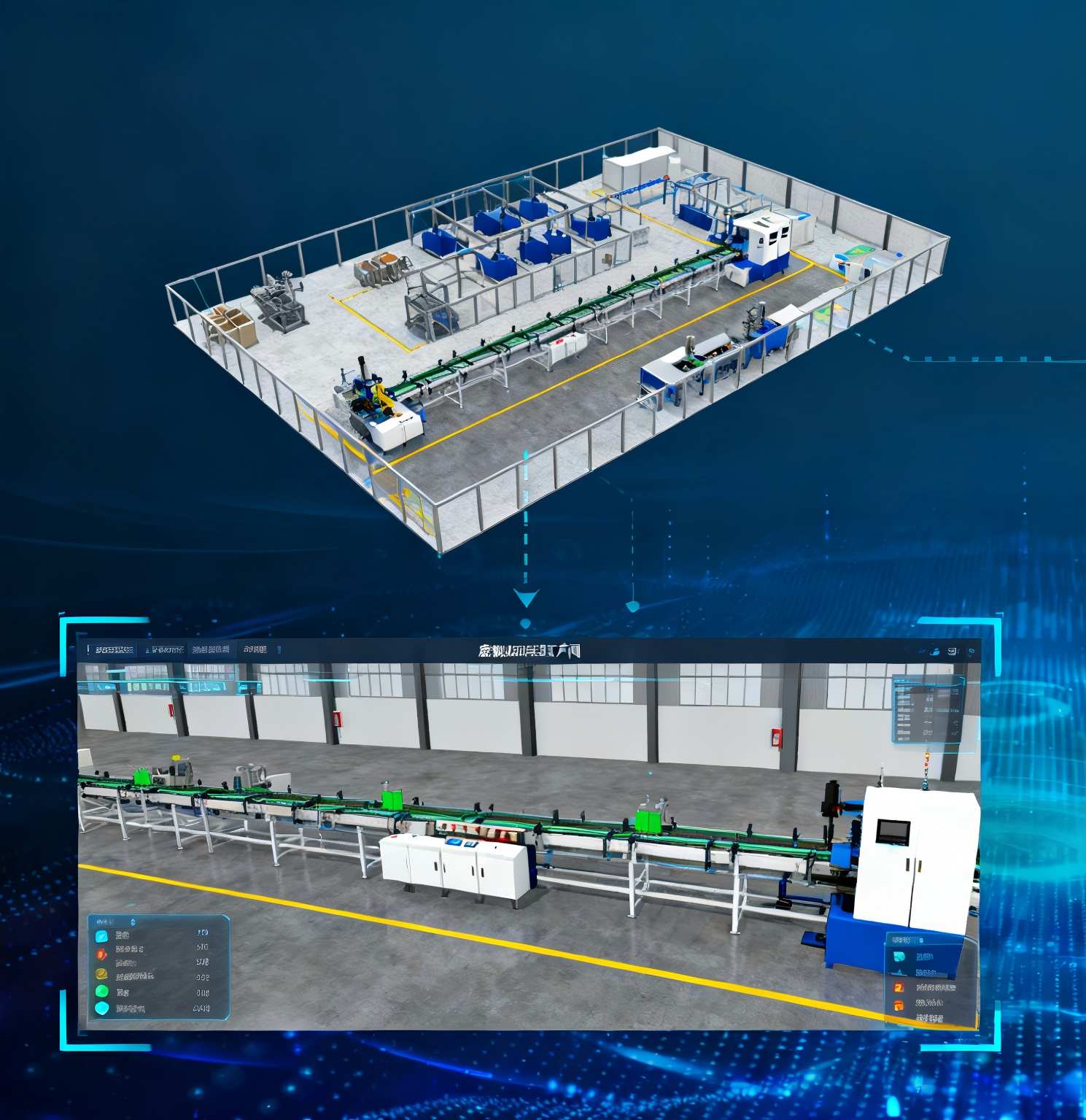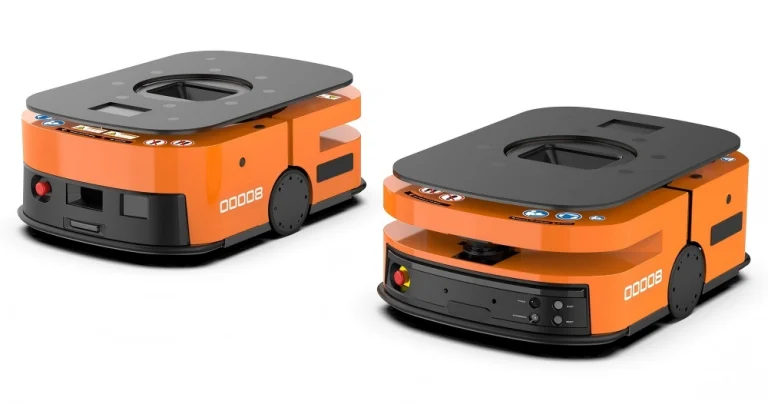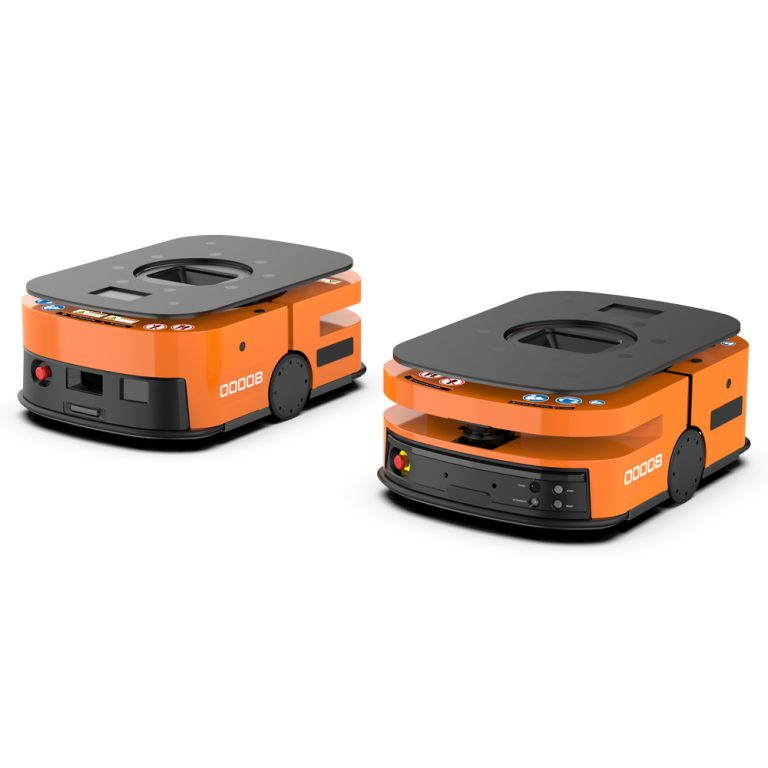
In today’s busy manufacturing scene, smooth operations call for planning ahead. You need to catch snags before they strike. Test tweaks without downtime risks. And adjust processes quickly. That’s where the digital twin core fits right in. Imagine a virtual copy of your factory floor. It’s full of data. It runs tests that match the real world, right down to the conveyor buzz. This isn’t some far-out idea. It’s a hands-on tool. And a solid программная платформа drives it. For plant bosses and ops managers facing tight schedules and growing needs, setting up and running a digital twin brings smart choices. We’ll cover how it works. Why it counts. And the steps to get it going in your place.
Understanding the Digital Twin Core
A digital twin begins with an exact copy of your physical gear. That includes machines, workflows, and even worker routes. It draws from live sensors and past records. At its center, this core grabs the heart of your factory floor. It lets you guess results. And you can change factors in a safe spot. Think of it as the mind of the setup. Here, software platforms bring it all into line.
Why Digital Twins Matter for Modern Factories
Factories don’t stand still these days. Demand can flip in a night. Supply lines get tangled. And gear wears out in spots. Without a heads-up, these problems build into holdups and extra costs. A digital twin shifts that. It allows off-hour tests for max loads. You can try fresh setups for online order rushes. Or predict fix-ups on a quick sorter before it clogs.
Take a medium electronics builder we heard about. They hit yearly order jumps. It pushed their floor to 85% full. And that led to 15% do-overs from hasty grabs. By copying their layout online, they tried “what-if” checks on staff and paths. The outcome? Output rose 25%. And they didn’t add workers. Error levels fell under 2%. Stats like this aren’t rare. They show up when tests meet the real deal.
Key Elements of a Strong Digital Twin
To build one, you need layers that link up well. Sensors track current stats. Like heat on a stamper. Or pace on an AGV. Next is the build layer. Software turns raw info into 3D views and guesswork math. Last, breakdowns connect it to steps you can take.
- Live Sync: Refreshes in seconds to show fresh shifts.
- Flexible Builds: Covers one line or a whole site.
- Guesswork Tools: Spots drops like a 10% slowdown before the floor feels it.
These parts make the core. But they need a software platform to keep them tight.
How Software Platforms Power Digital Twin Creation
Forget old standalone gear. A focused software platform serves as the binder. It mixes separate setups into one smooth space. It manages data pulls, model shapes, and test flows. All while growing with your factory’s reach.
Essential Features for Factory Simulation
No platform suits every workspace. The best one stresses bend and detail. Seek ready sets for usual items like stackers or dividers. Plus easy-drag screens for your own changes. Hookup counts too. It ties into current PLCs or ERP. And skips custom code. That saves weeks.
Here’s a fast look at key skills:
| Особенность | Описание | Factory Impact |
|---|---|---|
| Multi-Modal Data Handling | Processes IoT streams, records, and hand entries | Breaks data walls by 40%, quickens twin match |
| 3D Visualization Engine | Draws live floor pictures | Aids crews in finding setup flaws in minutes, not days |
| Scenario Testing Module | Runs side-by-side tests with shifts | Trims try-and-miss stops by up to 30% |
| API Connectivity | Joins robotics, WMS, and MES | Keeps smooth pass from twin to real work |
Platforms with these stand out in making twins that act real. Not just flat drawings.
Bridging the Gap: From Data to Digital Replica
Kick off with your floor’s plan. Bring in CAD sheets. Add sensor nets on top. And tune to a starting run. The platform works this into a base twin. Then tests start. Feed it a hurry order. See fake AGVs shift around a stand-in spill. Changes build step by step. Bump robot paces. Watch loop times cut by 8%. It’s direct practice. No production breaks.
In one auto parts shop, workers used a setup like this to shape a new intake dock. Old planning dragged months. Full of hunches. The online test? Two weeks to check. It caught a 20% jam in truck offloads. They launched the real shift sure-footed. And hit marks from the jump.
Step-by-Step: Simulating Your Factory Floor with a Software Platform
Set to build? It’s not as tough as it seems. A firm platform leads you through stages. It turns big ideas into real perks.
Phase 1: Gathering and Integrating Data
Data fuels the twin. Draw from PLCs for gear states. RFID for stock tracks. Even clips for people moves. Platforms often pack hooks for usual spots. They auto-do 70% of the pull.
- Map your gear: Note every divider, shelf, and spot.
- Set starts: Run a normal shift to mark stats like grab speeds (shoot for 150+ per hour).
- Check entries: Match against records to reach 95% true.
Miss this. Your twin pulls away from facts quick.
Phase 2: Constructing the Model
Now the platform’s gear shines. Grab pre-made frames for standard areas. Like storage, grabs, packs. Then add your specials. Such as odd belts. Set guides: AGVs favor top-dollar items. Lights flag low stock.
For more, toss in real-world sims. How does a 500-lb load slide under speedup? Platforms figure it. They guess wobbles that might tip stacks. A drink hauler did this for tall shelves. It found shake dangers at top clip. They braced two spots ahead. Dodged a $50K mess.
Phase 3: Running and Refining Simulations
Fire up tests. Push for holiday crowds or vendor lags. See stats play out: Output stays at 95% in crunch? Solid. Falls to 70%? Shift routes or add holds.
Tune cycles sharpen the shape. After each go, match fake to real. Fix for a 5% gap in wait times. Over months, this sharpens guesses to 2% close. It makes the twin a key tool.
| Simulation Type | Use Case | Expected Outcome |
|---|---|---|
| Load Balancing | Peak season prep | Smooth out spot lines by 15-20% |
| Layout Optimization | Expansion planning | Spot 10-15% room cuts |
| Failure Mode | Equipment outage drills | Trim fix time from hours to 20 minutes |
These steps, held by a good platform, bring tests that push true gains.
Real-World Wins: Digital Twins in Action
Ideas are okay. But payoffs lock it in. In fields wide, shops show wins that add up.
Look at a goods maker with big spreads. Hand checks missed 12% stock mismatches a year. Their online twin, run by platform shapes, caught mismatches live in fake checks. After launch, match hit 99%. It cut losses by $200K a year.
Or check gear makers. Waits dragged to 45 days from plan shifts. Online line tests sliced that to 28 days. As fake runs nixed 60% redesigns early. These aren’t picks. They’re trends from spots with tied platforms.
Facts spread wider. Field notes say digital twins lift run time 15-20%. And trim power draw 10% via tuned runs. For your floor, that means calm shifts. And packed orders.
Spotlight on Wesar Intelligence: Pioneering Software Platforms for Smarter Factories

When it comes to software platforms that bring digital twins to life, Wesar Intelligence stands out as a dedicated supplier. Based in China, this company delivers end-to-end решения for intelligent warehousing and factory automation, blending software with hardware for seamless deployment. Their lineup centers on tools like the Интеллектуальная система управления складом (iWMS-1000), which orchestrates inventory and tasks with precision; the Система управления роботами (RCS-2000), handling fleets of AGVs for fluid navigation; and the Система управления материалом (MCS), ensuring materials flow without hitches.
Wesar’s platforms emphasize adaptability—low-code elements let teams customize without deep coding, while extensible libraries cover industries from 3C electronics to automotive. They integrate effortlessly, supporting real-time data for twin builds and simulations that mirror complex floors. With a track record of boosting throughput threefold and hitting over 100% picking accuracy, Wesar equips operations pros with the core tech to simulate, predict, and perform. It’s this focus on practical, scalable software that positions them as a go-to for factories chasing efficiency without the overhaul.
Заключение
The digital twin core, fueled by a thoughtful software platform, reshapes how factories operate—turning guesswork into precision, delays into opportunities. Whether you’re modeling a single line or an entire campus, the payoff shows in steadier outputs and sharper edges over competitors. Dive in, simulate boldly, and watch your floor evolve.
Часто задаваемые вопросы
What exactly is the digital twin core in a factory setting?
The digital twin core refers to the foundational virtual model of your production environment, capturing assets, processes, and data flows. Using a software platform, it enables accurate replication and testing, helping managers foresee disruptions like equipment strain during high-volume shifts.
How does using a software platform simplify creating a digital twin for the factory floor?
A software platform streamlines the process by handling data integration, 3D modeling, and scenario runs in one interface. It pulls from sensors and logs to build the twin, then lets you simulate changes—like rerouting AGVs—without touching physical setups, saving time and reducing errors.
Can small factories benefit from simulating their floor with a digital twin core?
Absolutely. Even compact operations gain from the digital twin core. A software platform scales down for lighter loads, allowing simulations of layout tweaks or staffing shifts that yield 10-15% efficiency lifts, as seen in boutique assemblers handling custom runs.
What role does real-time data play in the digital twin core?
Real-time data keeps the digital twin core synced with the actual floor, updating models every few seconds. Through a software platform, this feeds simulations with current metrics, like inventory levels, to predict outcomes such as a 20% throughput drop from a delayed shipment.
How long does it typically take to set up a digital twin using a software platform?
Setup varies by complexity, but most factories see a baseline twin in 4-6 weeks with a capable software platform. Initial data mapping takes a week, modeling another two, and validation runs the rest—delivering quick wins like optimized picking paths right away.








